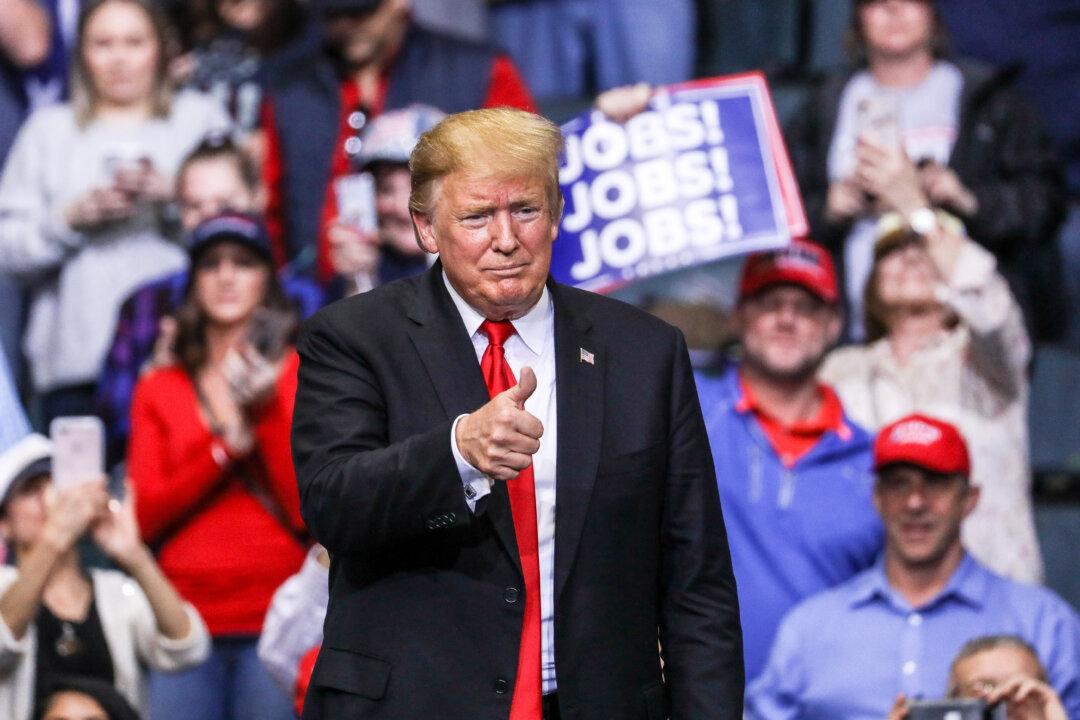President Donald Trump hailed the modest increase of consumer prices in April reported by the Bureau of Labor Statistics (BLS) on May 10.
“Great Consumer Price Index just out. Really good, very low inflation! We have a great chance to ’really rock!' Good numbers all around,” Trump said in a May 10 tweet.





